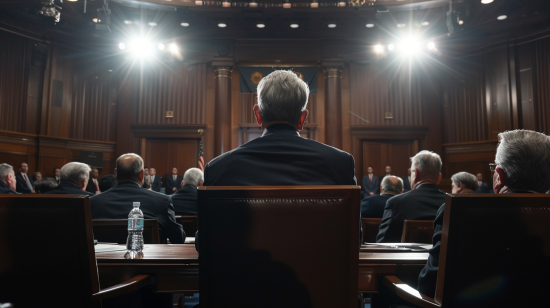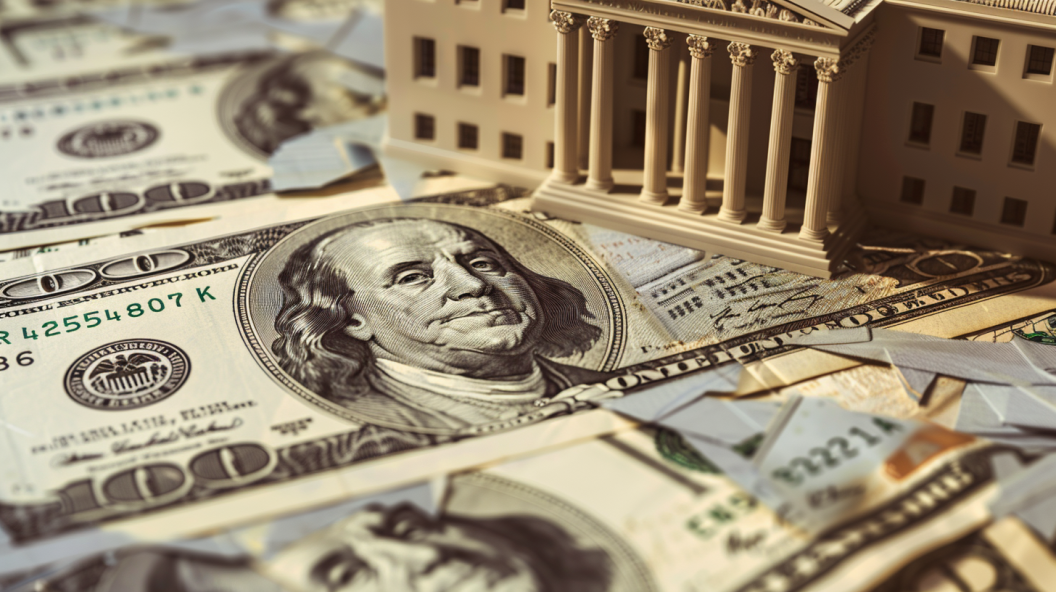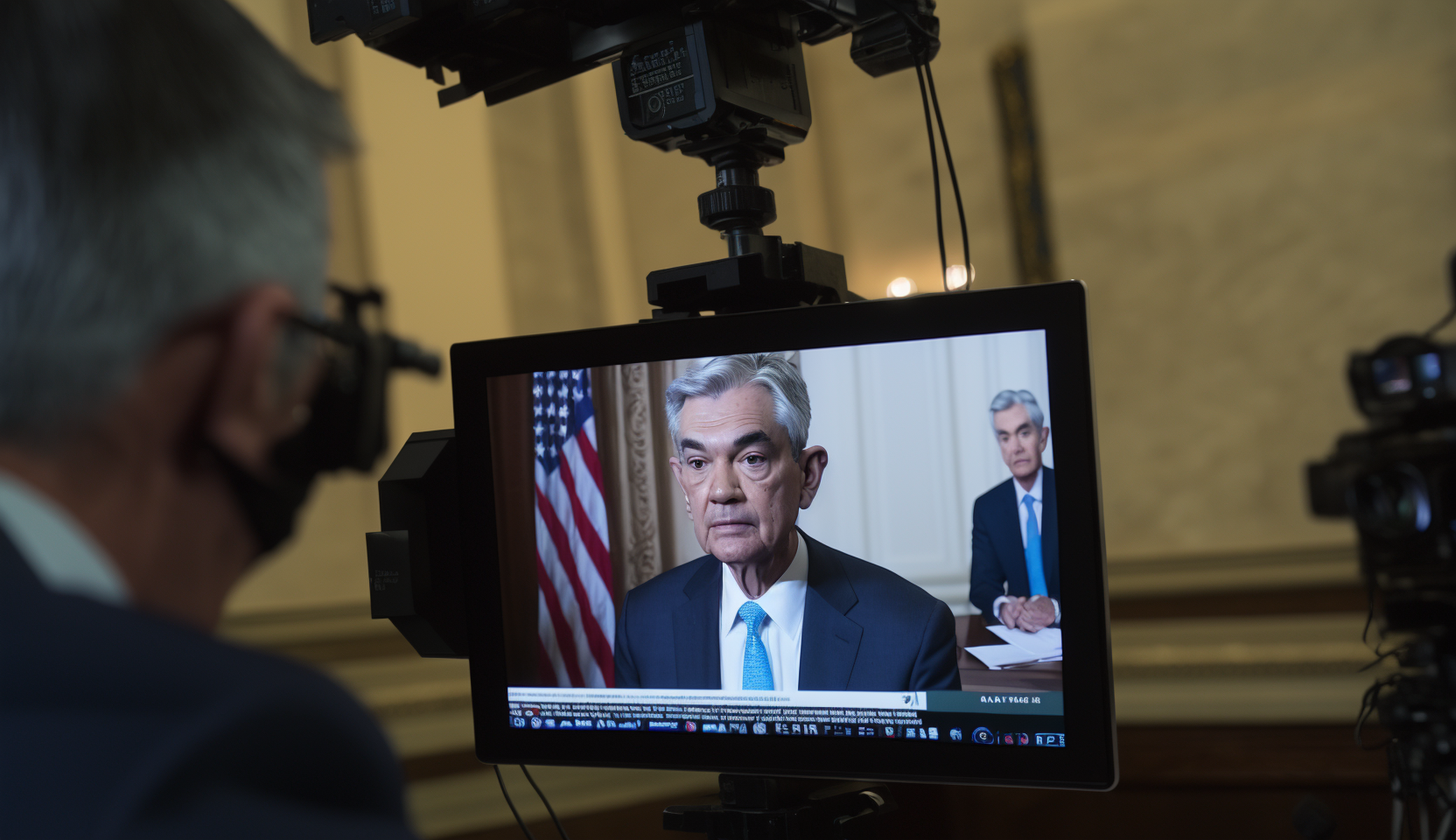| Key Points: – Federal Reserve maintains interest rates at 5.25%-5.5% – Statement indicates progress towards 2% inflation target – Fed Chair Powell suggests potential rate cut as early as September |
The Federal Reserve held its benchmark interest rate steady on Wednesday, July 31, 2024, while signaling that inflation is moving closer to its 2% target. This decision, made unanimously by the Federal Open Market Committee (FOMC), keeps the federal funds rate at a 23-year high of 5.25%-5.5%.
In its post-meeting statement, the Fed noted “some further progress” toward its inflation objective, a slight upgrade from previous language. The committee also stated that risks to achieving its employment and inflation goals “continue to move into better balance,” suggesting a more optimistic outlook on the economic landscape.
Fed Chair Jerome Powell, in his press conference, opened the door to potential rate cuts, stating that a reduction “could be on the table as soon as the next meeting in September” if economic data shows continued easing of inflation. This comment sparked a rally in the stock market, with investors interpreting it as a sign of a potential shift in monetary policy.
Despite these hints at future easing, the Fed maintained its stance that it does not expect to reduce rates until it has “gained greater confidence that inflation is moving sustainably toward 2 percent.” This language underscores the Fed’s data-dependent approach and reluctance to commit to a predetermined course of action.
Recent economic indicators have presented a mixed picture. While inflation has cooled from its mid-2022 peak, with the Fed’s preferred measure, the personal consumption expenditures price index, showing inflation around 2.5% annually, other gauges indicate slightly higher readings. The economy has shown resilience, with GDP growing at a 2.8% annualized rate in the second quarter, surpassing expectations.
The labor market, while still robust with a 4.1% unemployment rate, has shown signs of cooling. The ADP report released on the same day indicated slower private sector job growth in July, with wages increasing at their slowest pace in three years. This data, along with the Labor Department’s report of slowing wage and benefit cost increases, provides some positive signals on the inflation front.
However, the Fed’s decision to maintain high interest rates comes amid concerns about the economy’s ability to withstand such elevated borrowing costs for an extended period. Some sectors, like the housing market, have shown surprising resilience, with pending home sales surging 4.8% in June, defying expectations.
As the Fed continues to navigate the complex economic landscape, market participants will be closely watching for further signs of policy shifts. The September meeting now looms large on the horizon, with the potential for the first rate cut in years if inflation data continues to trend favorably.
For now, the Fed’s cautious approach and data-dependent stance remain intact, as it seeks to balance its dual mandate of price stability and maximum employment in an ever-evolving economic environment.














